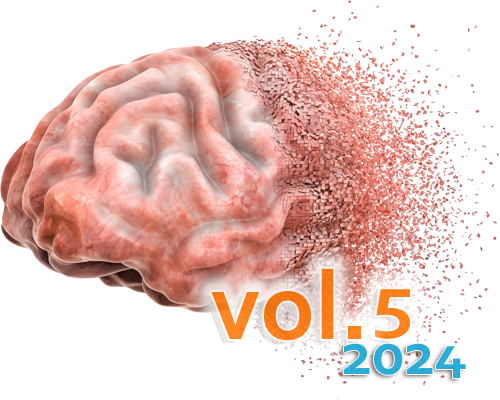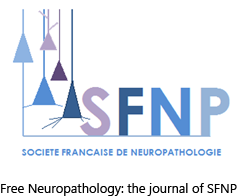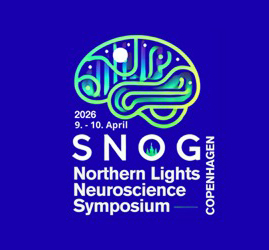Fluid preservation in brain banking: a review
DOI:
https://doi.org/10.17879/freeneuropathology-2024-5373Keywords:
Biobanking, Postmortem brain, Fluid preservation, Formaldehyde, Overfixation, Storage artifact, Tissue clearing, GlycerolAbstract
Fluid preservation is nearly universally used in brain banking to store fixed tissue specimens for future research applications. However, the effects of long-term immersion on neural circuitry and biomolecules are not well characterized. As a result, there is a need to synthesize studies investigating fluid preservation of brain tissue. We searched PubMed and other databases to identify studies measuring the effects of fluid preservation in nervous system tissue. We categorized studies based on the fluid preservative used: formaldehyde solutions, buffer solutions, alcohol solutions, storage after tissue clearing, and cryoprotectant solutions. We identified 91 studies containing 197 independent observations of the effects of long-term storage on cellular morphology. Most studies did not report any significant alterations due to long-term storage. When present, the most frequent alteration was decreased antigenicity, commonly attributed to progressive crosslinking by aldehydes that renders biomolecules increasingly inaccessible over time. To build a mechanistic understanding, we discuss biochemical aspects of long-term fluid preservation. A subset of lipids appears to be chemical altered or extracted over time due to incomplete retention in the crosslinked gel. Alternative storage fluids mitigate the problem of antigen masking but have not been extensively characterized and may have other downsides. We also compare fluid preservation to cryopreservation, paraffin embedding, and resin embedding. Overall, existing evidence suggests that fluid preservation provides maintenance of neural architecture for decades, including precise structural details. However, to avoid the well-established problem of overfixation caused by storage in high concentration formaldehyde solutions, fluid preservation procedures can use an initial fixation step followed by an alternative long-term storage fluid. Further research is warranted on optimizing protocols and characterizing the generalizability of the storage artifacts that have been identified.
Metrics
Additional Files
Published
How to Cite
Issue
Section
License
Copyright (c) 2024 Andrew McKenzie, Oge Nnadi, Kat D. Slagell, Emma L. Thorn, Kurt Farrell, John F. Crary

This work is licensed under a Creative Commons Attribution 4.0 International License.
Papers are published open access under the Creative Commons BY 4.0 license. This license lets others distribute, remix, adapt, and build upon your work, even commercially, as long as they credit you for the original creation. Data included in the article are made available under the CC0 1.0 Public Domain Dedication waiver, unless otherwise stated, meaning that all copyrights are waived.



















